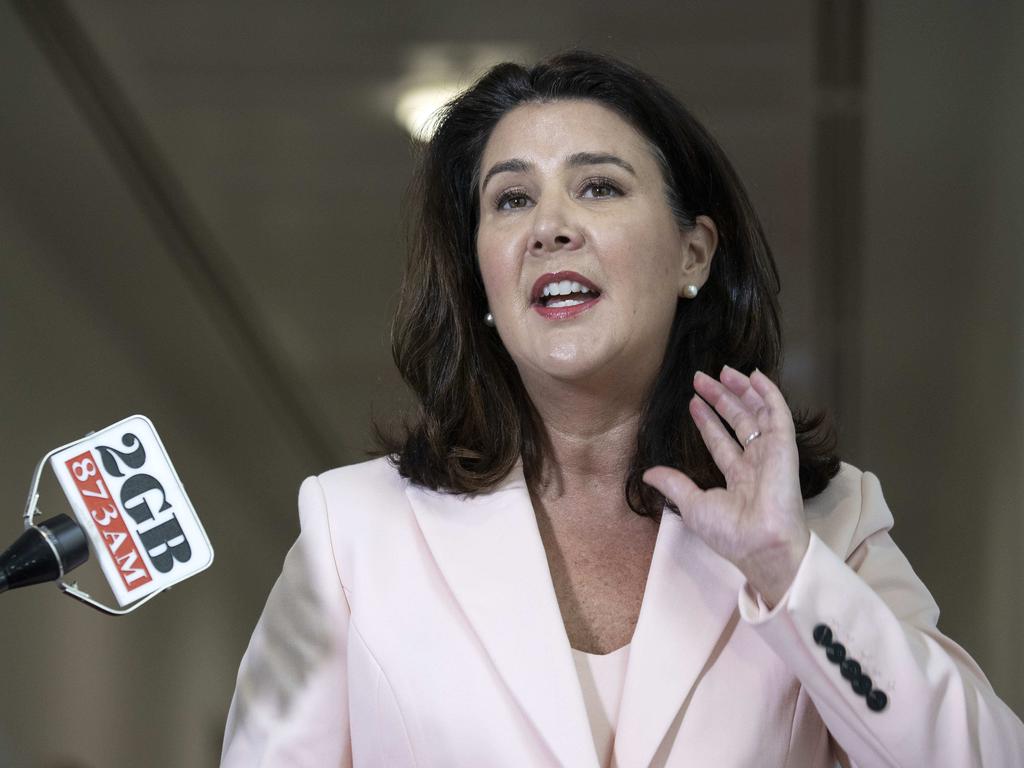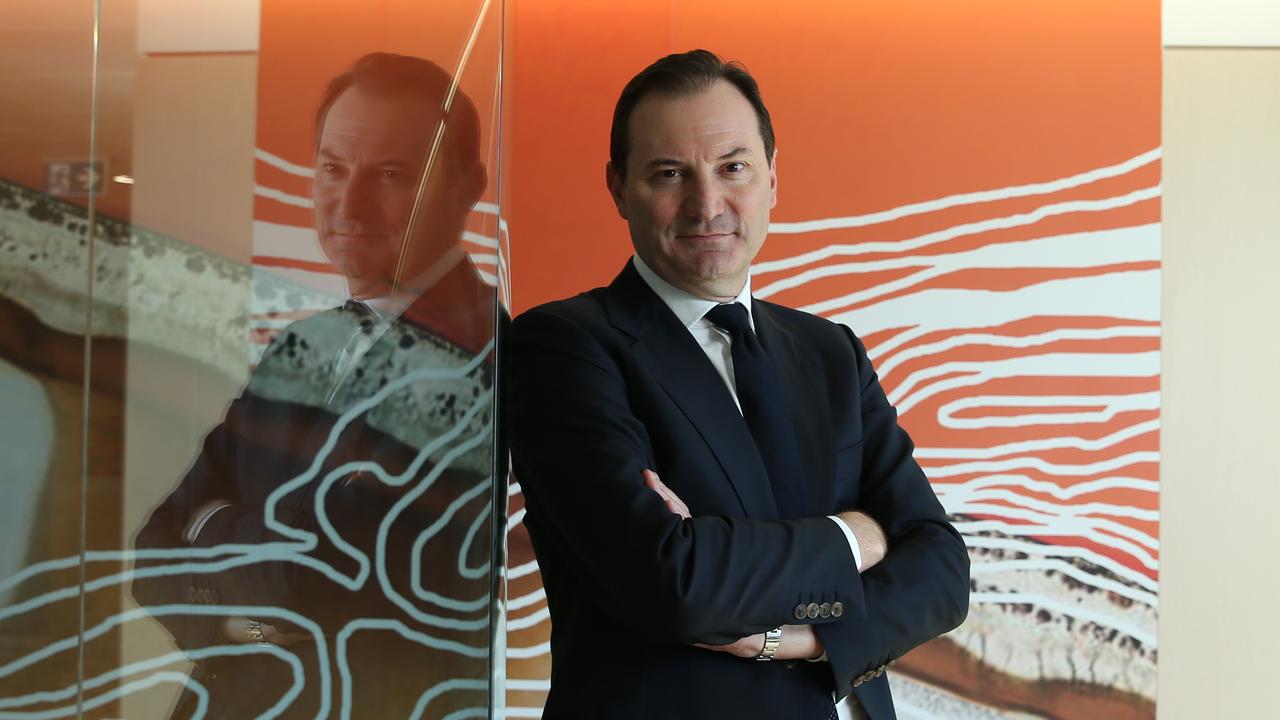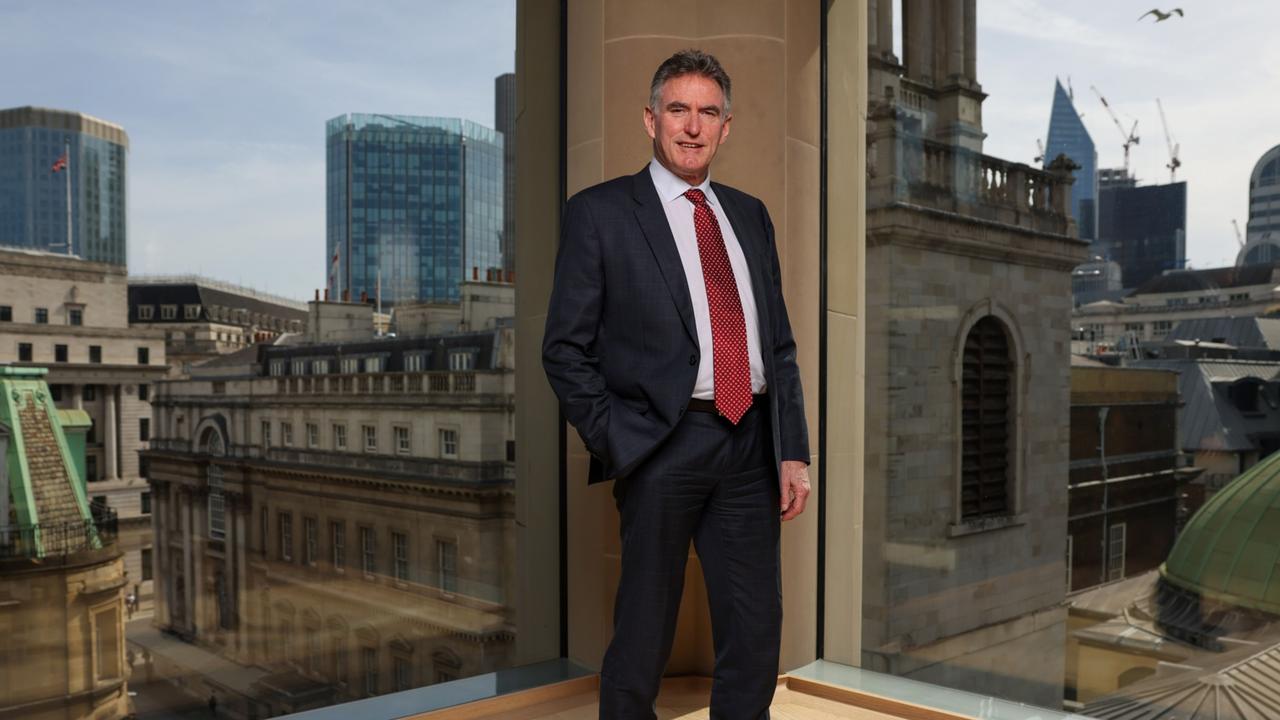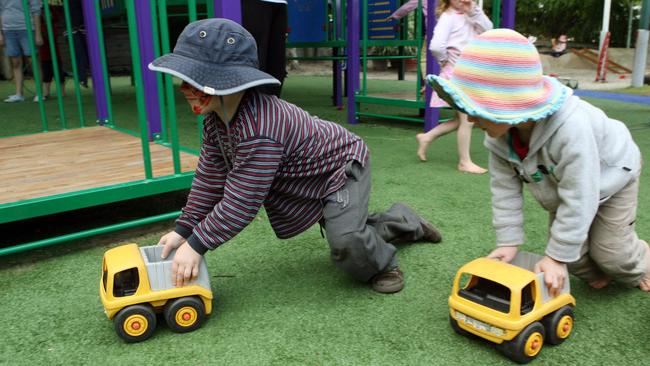
The budget pre-sale suggests the federal government will earn some political points by announcing child care reforms in the budget following last year’s call by Opposition leader Anthony Albanese for the same
The headline in the weekend press said “childcare billions to woo women”, which is not quite the story, because childcare support is actually aimed at benefiting the entire economy.
It’s just that women’s participation rates are lower at 61.8 per cent if you include part-time work, and lower still on full-time work.
This compares to men at 70.9 per cent and Sydney University research shows women more than anything want work security and respect at work.
Recent history suggests the latter is sadly a while off, and the latest employment reports show women post-COVID have simply returned to the same high-risk part-time jobs they had pre-COVID.
Far from being a miracle, it is more like a return to the same old precarious jobs.
Structural reform is welcome at any time, even if some would argue the best start would be to reform paid parental leave to encourage more household support.
The word from the government is the latter is being put on ice for later, and given the opposition leader last year joined the drum banging for childcare support, for a highly political government it’s a no-brainer this year.
Grattan, KPMG, Chief Executive Women and now the BCA have come out in favour of reform against the backdrop painted here in which women are battling to achieve some form of equal opportunity.
The childcare idea is to lift the subsidy from 85 per cent to 95 per cent for households earnings under $80,000 a year and reducing it by 1 per cent for every $4000 in extra income down to a base of 30 per cent.
This means everyone, no matter how much they earn, will get some support.
This is important when you consider that, on KPMG figures, the aim is to get more people working to create more jobs.
Low-income workers would get virtually free childcare and those on high incomes would get some support.
The COVID recovery will struggle longer term without increases in immigration and, with low birth rates, the more people in full-time jobs the better.
This is one reason some people argue a return to former PM Tony Abbott’s paid parental leave is the best sustainable reform to increase participation rates.
The issues are not entirely simple because some suggest both childcare support and parental leave benefits go to those already making the choice, meaning there is not exactly structural change by changing the rules of the game.
Others say the only certainty from increased childcare support is increased childcare fees.
Right now the primary child carer (usually a woman) gets 18 weeks and the other person gets two weeks and the amount paid doesn’t qualify for superannuation.
A new model says why not give each household 26 weeks and bonus weeks where the split is even.
On gender grounds, this means women would be able to stay in careers longer, superannuation would be paid on leave benefits and the male in the household would see a different side of the childcare model, which may alter his work balance.
In a report for CEW, KPMG said this model would contribute to decreasing the workforce participation gap between men and women.
This is a desirable goal, but government sources play down both measures coming in the same budget.
KPMG said national household consumption could exceed the base case by a cumulative $140bn over 20 years if we could reduce the 2018 participation gap by half.
There could be further investing in female-dominated industries and care infrastructure — through targeted stimulus measures. By way of example every $1m spent on education creates 10.6 direct jobs for women and 4.3 direct jobs for men, compared with 0.2 jobs for women and one job for men in construction.
The question is how willing the government is to take the challenge.
ACCC’s apps report
Two weeks out from the budget, Josh Frydenberg has his hands full with decisions pending on issues from the long-term ASIC boss to the ACCC draft report on the mobile apps market, among others.
The latter is due for release on Wednesday and, as a draft report, absent any decision from government, the ACCC will release the report itself.
The report is different from some ACCC industry studies in that it is a monitoring report running through to 2025.
Apple and Google dominate the industry with more than 95 per cent market share and just happen to charge 30 per cent commissions on any sales generated from the app.
Google pays Apple $US12bn a year to ensure its search engine is top of the list on mobile searches.
Most businesses have an app, which increasingly is part of the sales platform for the company even if sales are conducted on a different platform.
The release on Wednesday comes amid growing international pressure on digital platforms, including the litigation between Epic Games and Apple over Apple’s surcharge and demands to only use its payments system.
Epic’s challenge to these practices in Australia are due to go to the full Federal Court shortly to determine whether they must first be heard in the US.
The ACCC is yet to decide whether to join the appeal.
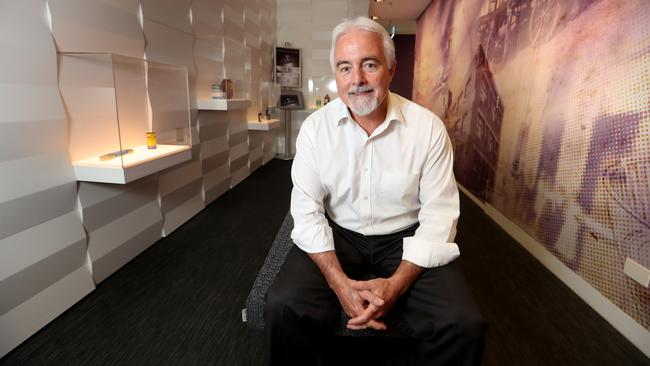
Hooper moves on
Mark Hooper is keen to take on another chief executive role after successfully resurrecting Sigma over the past 11 years to a stunning 161 per cent outperformance against the market.
This came despite some setbacks, such as Chemists Warehouse boss Mario Verrocchi’s decision in 1998 to take his business off to rival Ebos and 30 per cent of sales with the move.
Hooper stood first and, after report earnings of $80m in the last year, maintains he is on track to top $100m by the 2023 financial year.
Hooper has had a varied career including time with Ashton in the diamond trade — and its momentous decision in 1996 to pull out of the De Beers platform and go out on its own.
The lesson learned was “to stick to your principles, know your position is only as strong as the alternative you have and be brave enough to stick to your decision”.
After 20 years in the mining game with the big guys BHP and Rio, he switched to healthcare as CFO in the hunt for a CEO position, which finally came in 2010 at Sigma.
Just where he lands next remains to be seen, but retail chief Jeff Sells, who has been there since his days at Ashton, and Jackie Pearson are the obvious internal candidates to fill his shoes.


